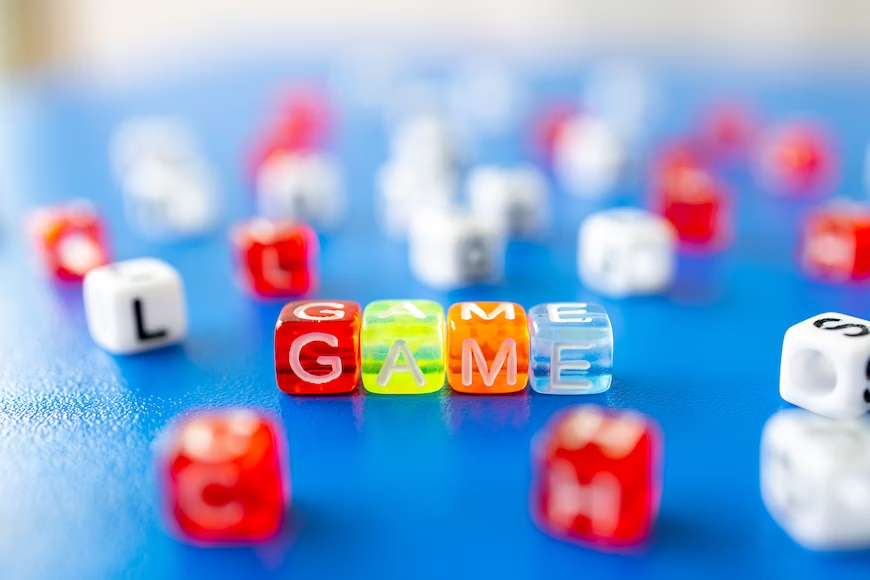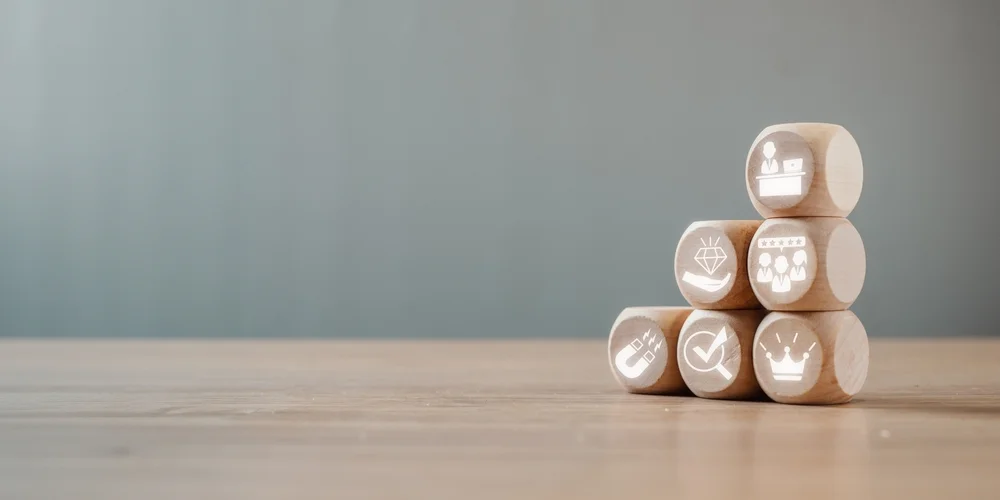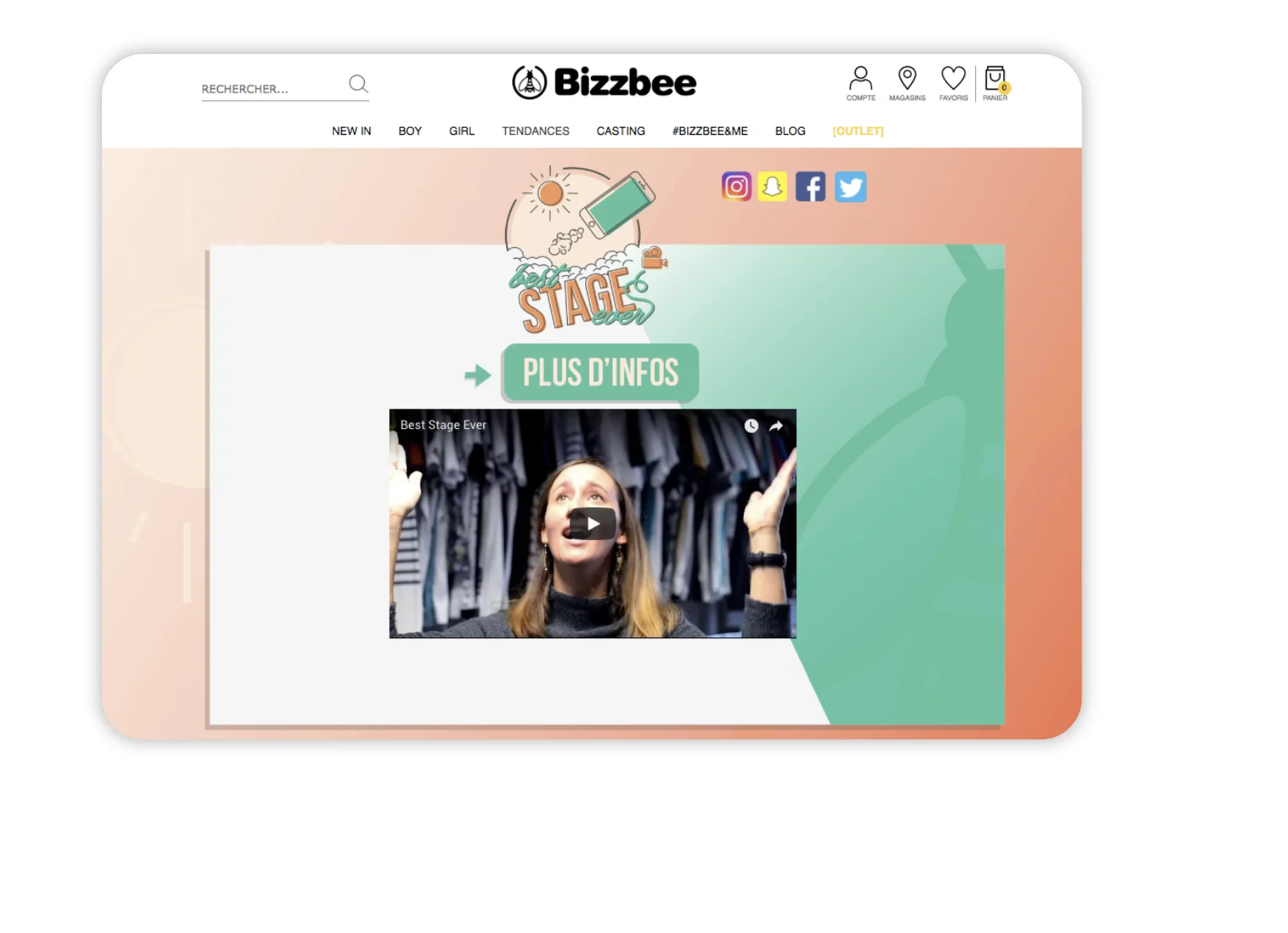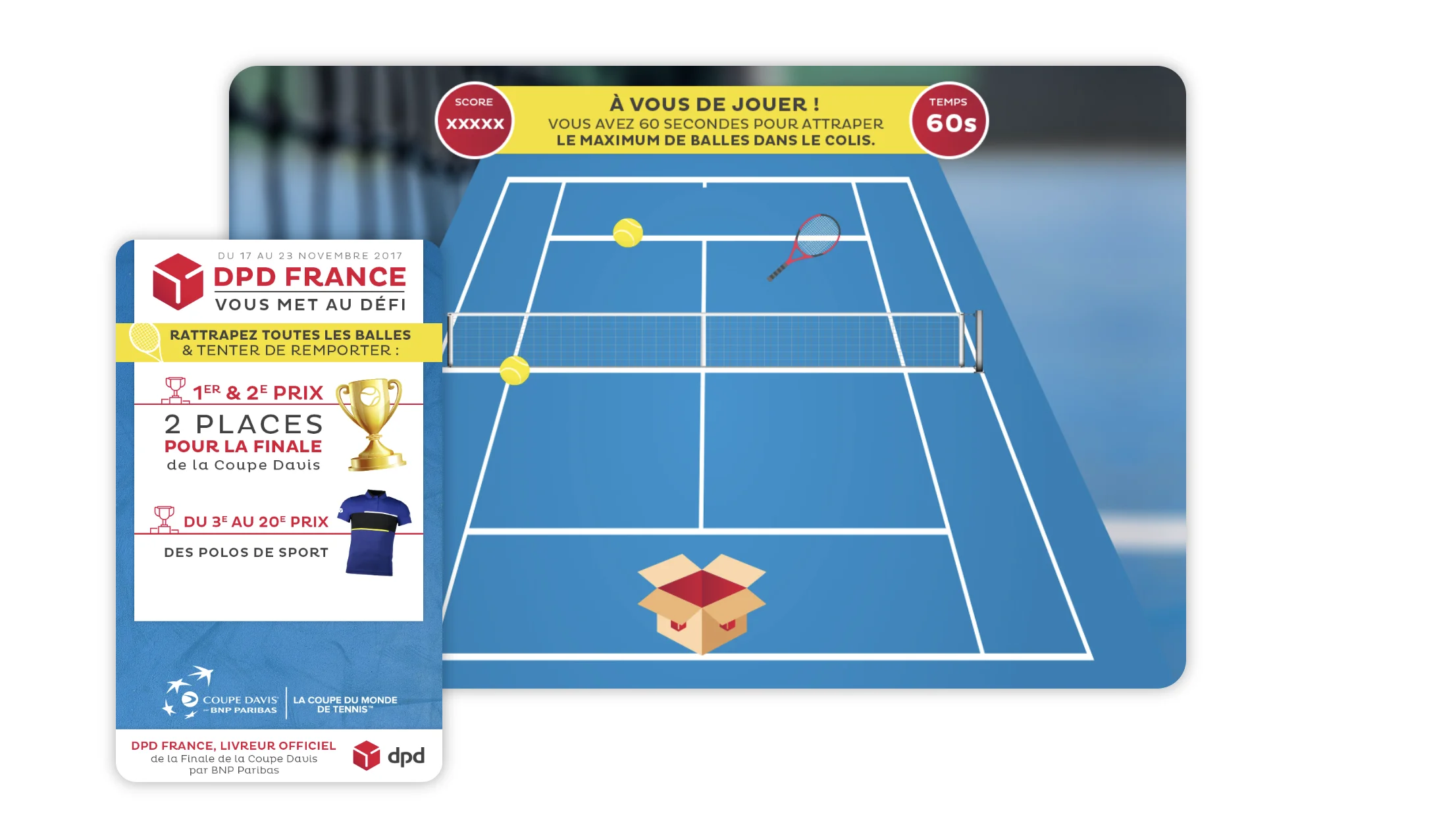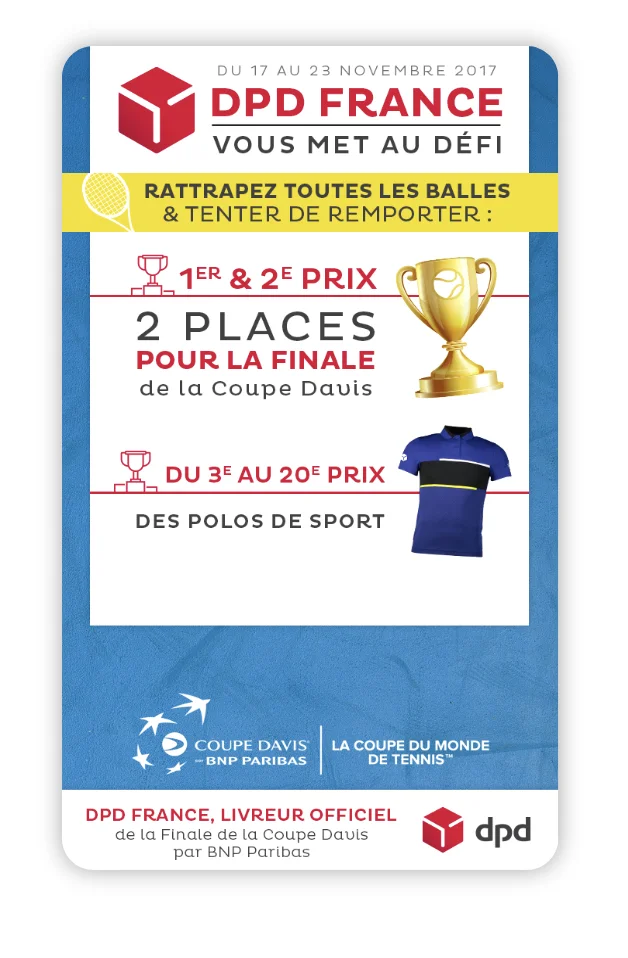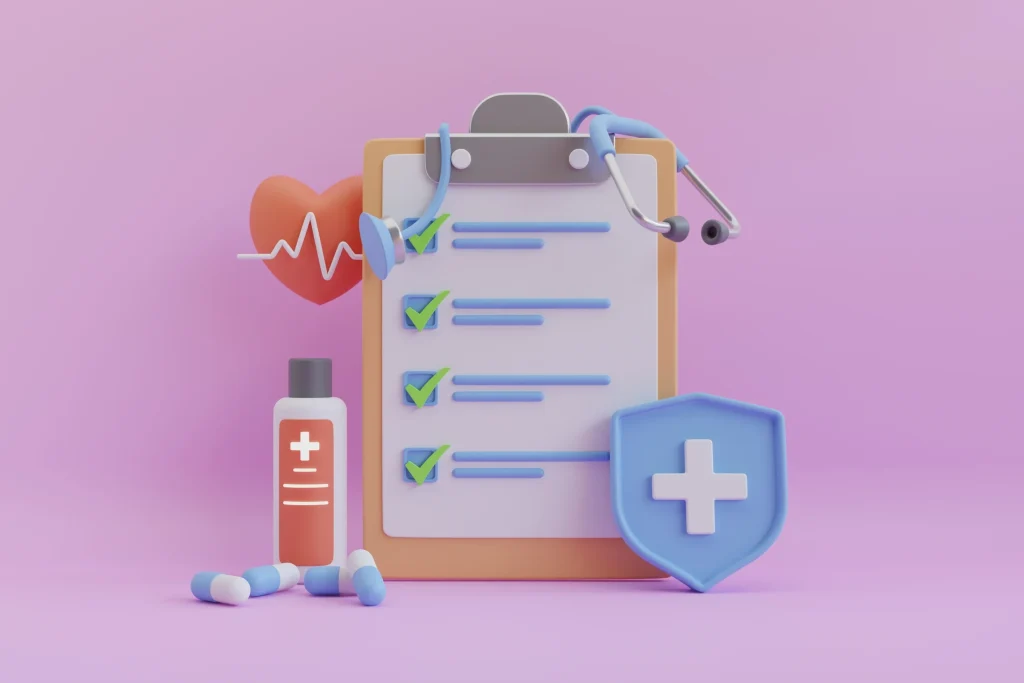
Gamification marketing: adapting mechanics to each target
Long perceived as targeting a young audience, gamification in marketing is still subject to stereotypes. Yet, marketing campaigns that include interactive elements see an increase in user engagement of 100 to 150 % compared to traditional approaches. A figure that shows the potential of this lever for all marketing targets.
Game-based marketing is now recognized as a powerful tool for activation, engagement, and loyalty. But to effectively reach each segment, the challenge is to adapt campaigns to the marketing target you want to reach.. Storytelling, mechanics, visuals, rewards: each element can be designed according to the expectations, habits, and barriers specific to each consumer category and industry sector.
This article provides you with the keys to adapt a gamification strategy to different profiles. The goal: activate the right lever, at the right time, for the right audience.
Why gamification works for all marketing targets
Contrary to popular belief, gamification marketing is not only aimed at young people or the general public. Many premium brands, B2B companies, and those targeting seniors now use gamification to boost engagement. Indeed, the effectiveness of this approach, regardless of the audience, lies in its ability to engage universal cognitive mechanisms.
First, the game captures attention. In a content-saturated environment, capturing interest becomes a challenge. However, playful mechanics activate the brain’s reward system, especially through dopamine, which boosts motivation and enhances focus. This neurological activation explains why gamified content holds attention longer than traditional formats.
Beyond attention, this approach stimulates curiosity. It introduces an element of mystery and interaction, two factors that boost user interest and enable interactive formats to outperform traditional advertising content.
In addition, Playable marketing helps generate positive emotions.. According to a TalentLMS study, 83% of users feel more motivated when a process includes playful elements. These emotions promote memorization and brand attachment.
Lastly, such experiences encourage action. Whether it’s completing a form, visiting a point of sale, or sharing an offer, interactive mechanics multiply conversions. Gamification is therefore not just a simple distraction or a tool for brands to diversify their content. It is a powerful engagement driver, provided it is tailored to the targeted marketing audience.
In summary, gamification marketing is effective thanks to the following elements:
- Capturing attention (through reward and dopamine)
- Stimulating curiosity (mystery and interaction)
- Generation of positive emotions (motivation and attachment)
- Incentive to action (increased conversions)
A gamification marketing strategy tailored to each audience
Not all marketing targets play for the same reasons. Some audiences, often considered less receptive to gaming (seniors, high-income professionals, B2B), can still be fully engaged with the right levers.
The challenge is to understand their specific expectations and adapt the game mechanics accordingly.
Through concrete examples, we will demonstrate that gamification knows no age, status, or industry.
1. Gamification for seniors
Often seen as distant from digital technology, seniors are wrongly considered to be unreceptive to game mechanics. However, their appetite for useful, simple, and interactive content makes them a perfectly targetable marketing audience through gamification, provided the experience is adapted. Clarity, accessibility, and usefulness should guide the design of gamified campaigns aimed at seniors.
The example to follow: Christine Laure
The ready-to-wear brand launched a game called “Vote your shopping list” aimed at its predominantly senior female customers. The goal: to engage the community in selecting the products to highlight, while gathering information about their preferences.
Result: over 28,000 registered participants, with half taking part in the voting. An effective campaign to engage this target audience, refine product recommendations (and enrich the brand’s CRM), as well as strengthen brand loyalty.
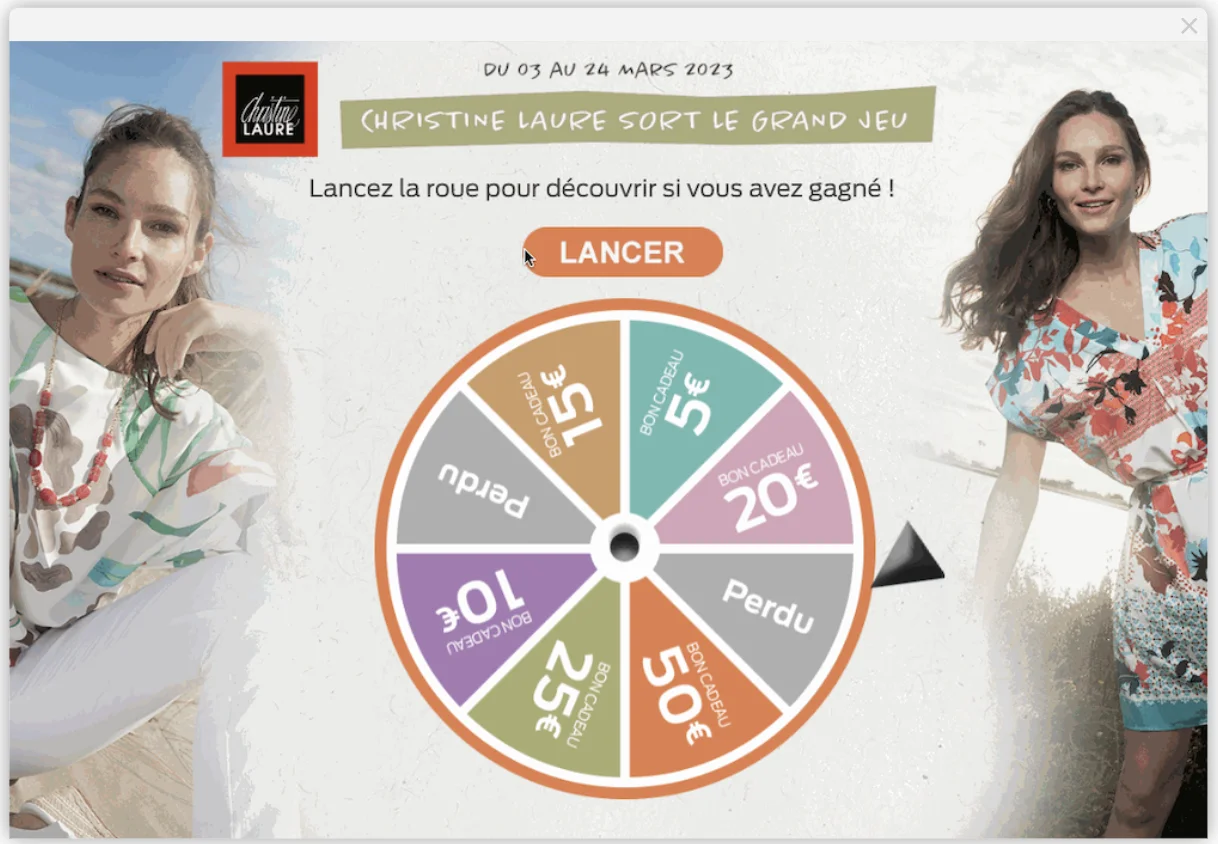
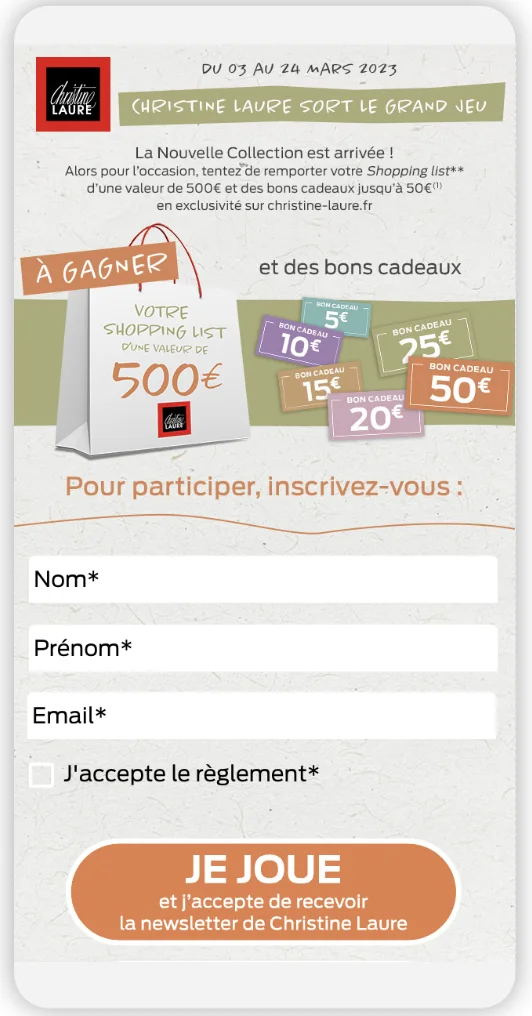
2. Gamified B2B marketing
Often seen as too serious for gaming, the B2B target is nevertheless an audience receptive to gamification. Indeed, decision-makers are often overwhelmed. To capture their attention, Playable marketing can inject emotion into campaigns that are often too rational and help improve the memorization of the advertising message.
A well-designed mechanic helps stand out while collecting qualified data.
The goal: to add value at every step. Playful content (shared, for example, through a serious game) should enrich thinking, simplify the discovery of a service or solution, and refine the diagnosis of needs.
Key takeaway:
- The approach must remain understated and premium in style.
- The game must serve a clear objective: lead nurturing, qualification, or appointment scheduling.
- The call-to-action must be naturally integrated into the playful journey.
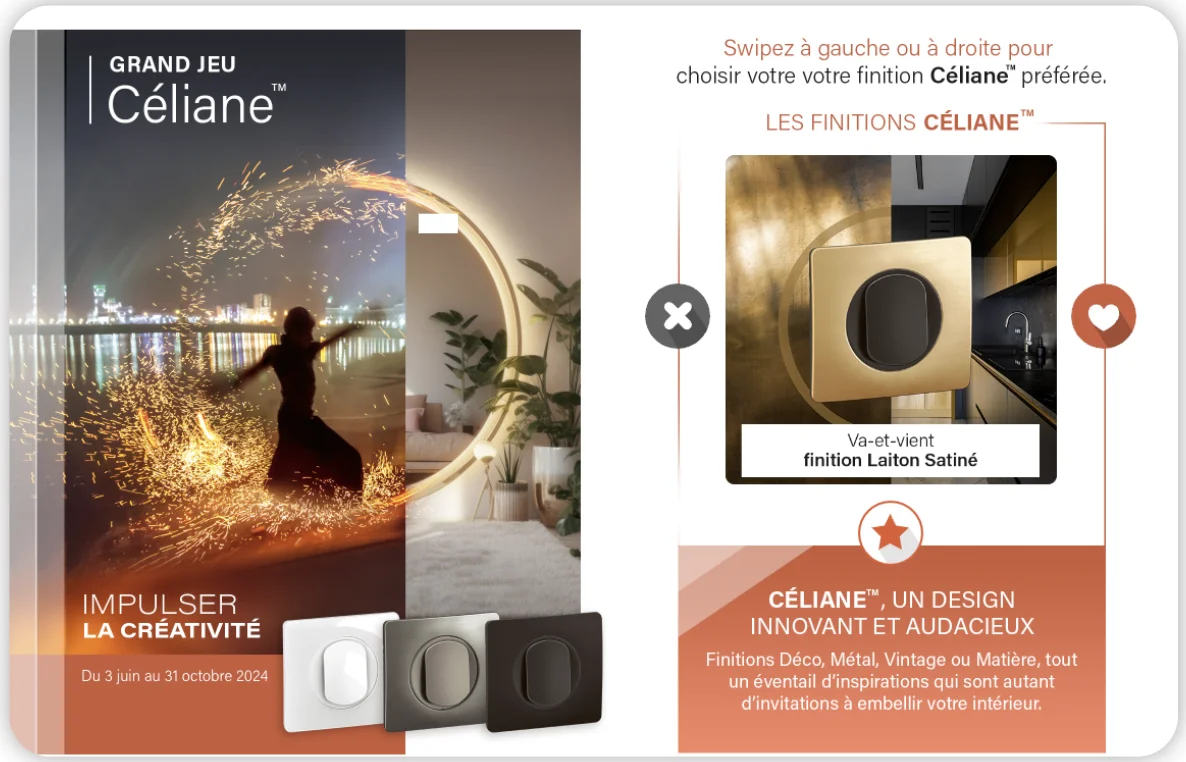
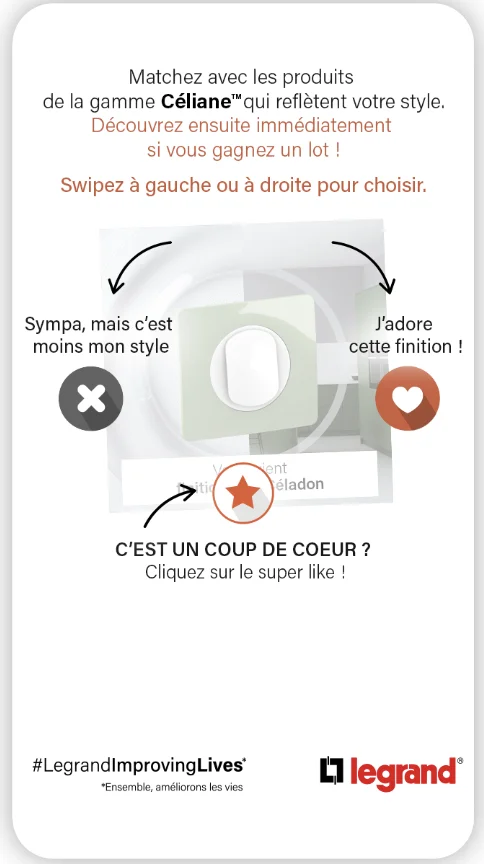
3. Reaching premium targets through Playable marketing
Often seen as less receptive to gaming, the premium target primarily expects experiences consistent with luxury standards : exclusivity, elegance, sophistication. To engage this audience, gamification must prioritize subtlety over excess.
Immersive formats that emphasize storytelling or stimulate curiosity help increase memorization while respecting brand image expectations. Here, the game offers access to exclusive rewards to extend the brand experience.
The example to follow: Moser & Cie
Moser & Cie has designed a digital campaign in the form of a playful quest.
Internet users had to find clues hidden on the site to answer an exclusive quiz.
The result: a high rate of engagement and an enriched database of qualified users attracted by the brand’s unique universe.
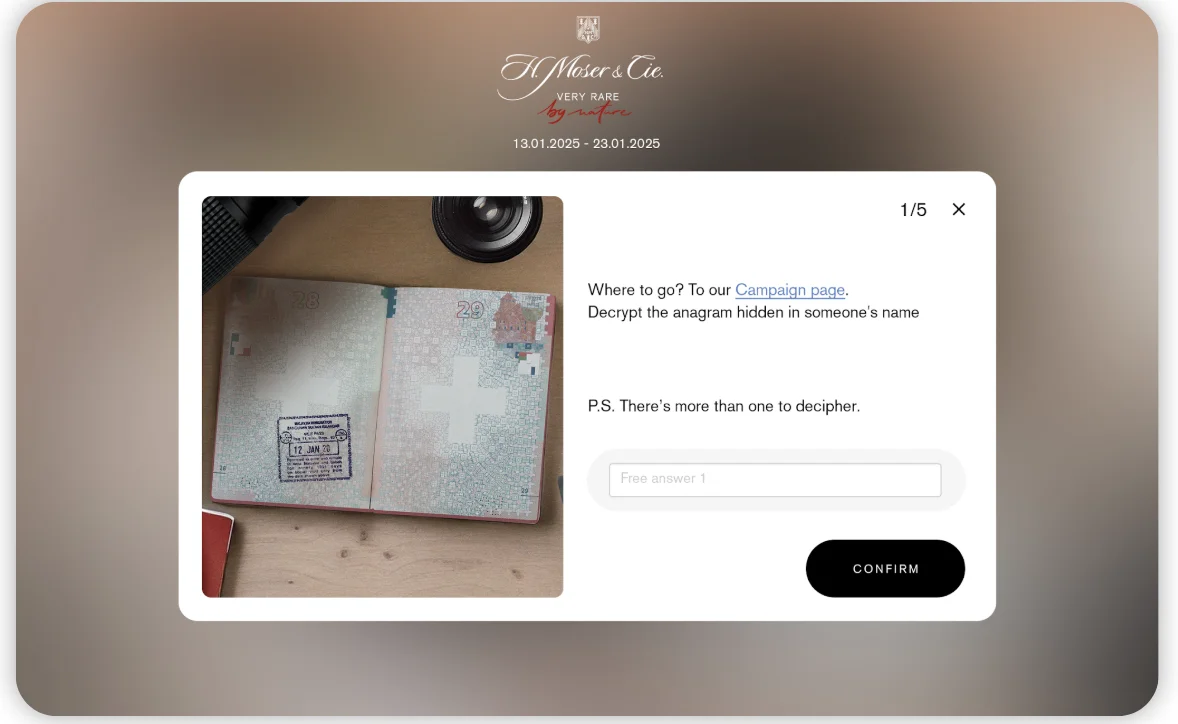
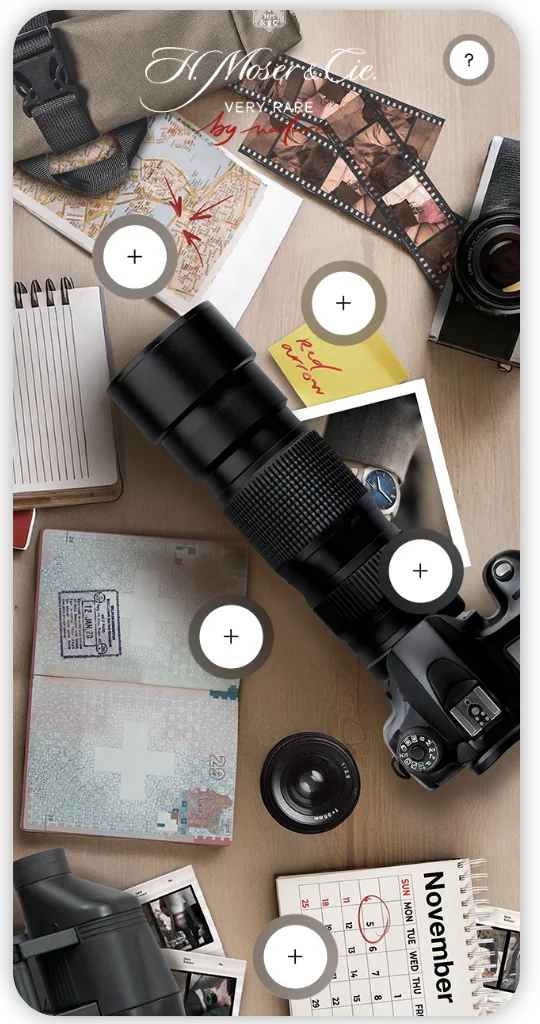
4. Institutional marketing with a gamification twist
Institutional marketing is often seen as too serious to incorporate gamification elements. However, gamification helps humanize communication and engage audiences that are often less receptive.
By adapting the mechanics to educational content, it is possible to make knowledge more accessible and even raise awareness about complex or sensitive topics.
Local authorities can, for example, rely on serious games such as educational quizzes or simulations to raise awareness within their community about waste sorting or risky health behaviors. In addition to conveying valuable information, the game also becomes a data collection lever that allows the organization to better understand its audience and needs.
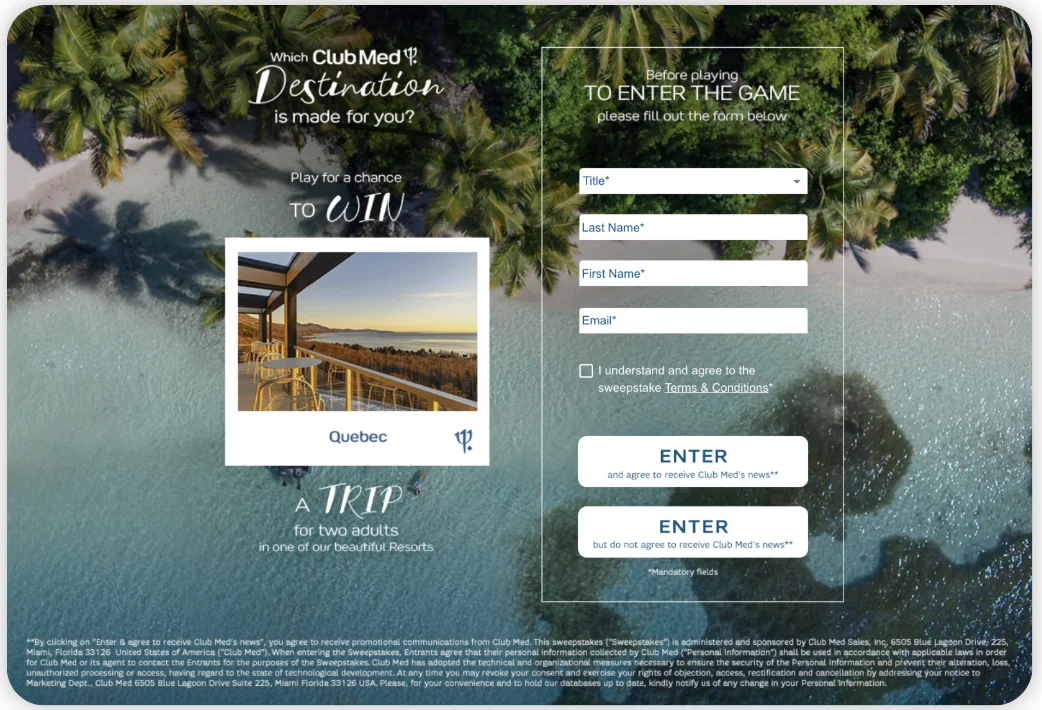

How to tailor a gamified campaign to your marketing target
No magic formula: success relies on strategic adaptation to each marketing target. Here are the key elements to adjust to maximize the performance of a playable campaign depending on the audience you want to reach:
Identify the specific barriers and expectations of the marketing target.
Each audience has its own specific barriers and expectations that must be identified beforehand. For example, some targets prioritize simplicity, while others focus on interactivity or social engagement. The choice of mechanics should address these specificities to maximize the impact of the gamified campaign.
Choose mechanics suited to the audience profile.
Simplicity for seniors, challenge for high-income audiences, immediate rewards for families. A platform dedicated to gamification such as Adictiz will make it easier to personalize the message, visuals, and game journey.
Adapt the advertising message and tone
The advertising message must speak the language of the target, with an appropriate tone and content. A B2B audience expects useful or value-driven content; a younger audience prefers a more friendly tone focused on shared values.
Carefully time the release
The right timing is also a key factor to effectively engage your marketing target. Launching a campaign at the right moment enhances its relevance and audience receptiveness. For example, it should coincide with a strategic peak period (commercial event, product launch) or follow seasonality (back-to-school, summer holidays, etc.)
Simplify the game journey as much as possible
Finally, the game journey should remain smooth and simple to avoid any frustration. Intuitive design and clear rules make participation easier and increase conversion chances, especially for audiences less comfortable with digital.
The power of the game lies in its ability to adapt. A tailored approach transforms gamification into a powerful marketing lever. The challenge is to personalize each playable experience according to the expectations and behaviors of your audiences. Discover Adictiz’s solutions and activate each marketing segment with precision, creativity and efficiency.


